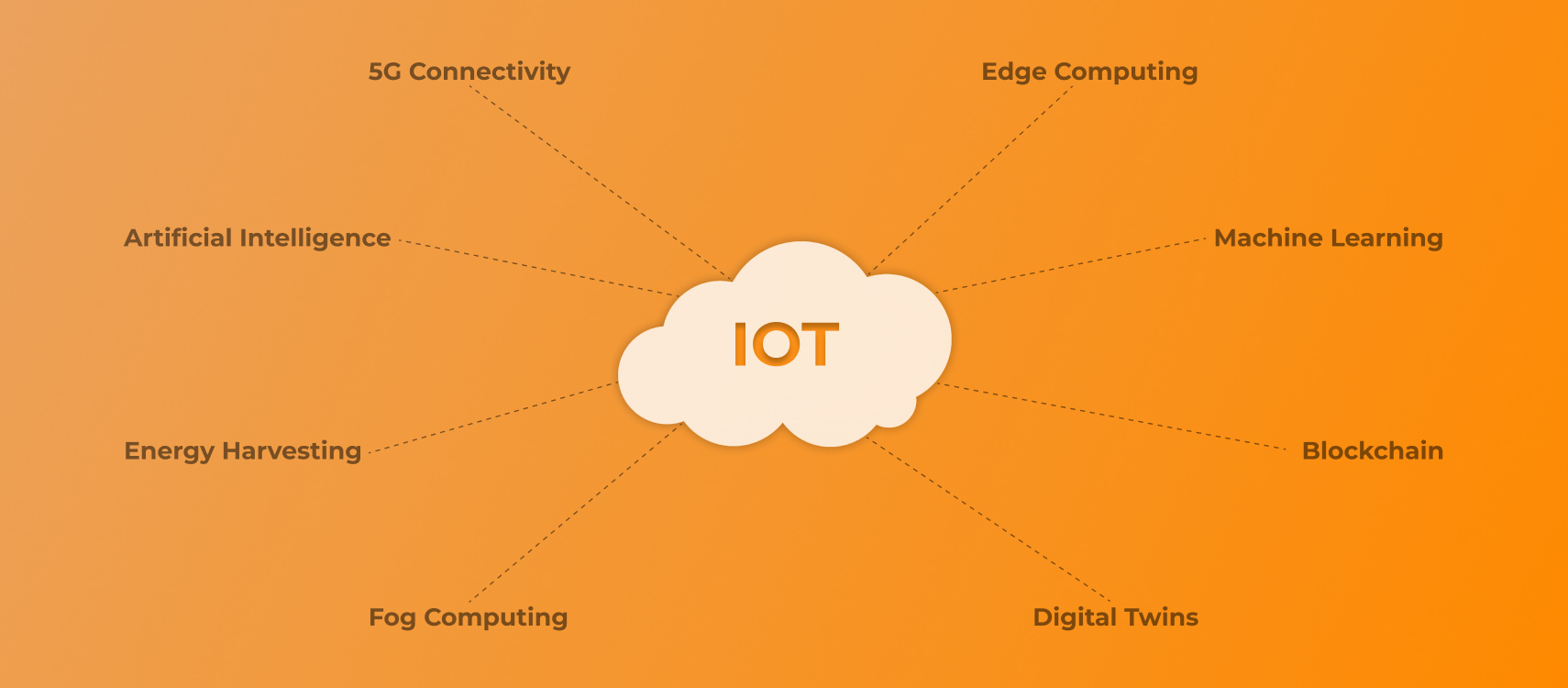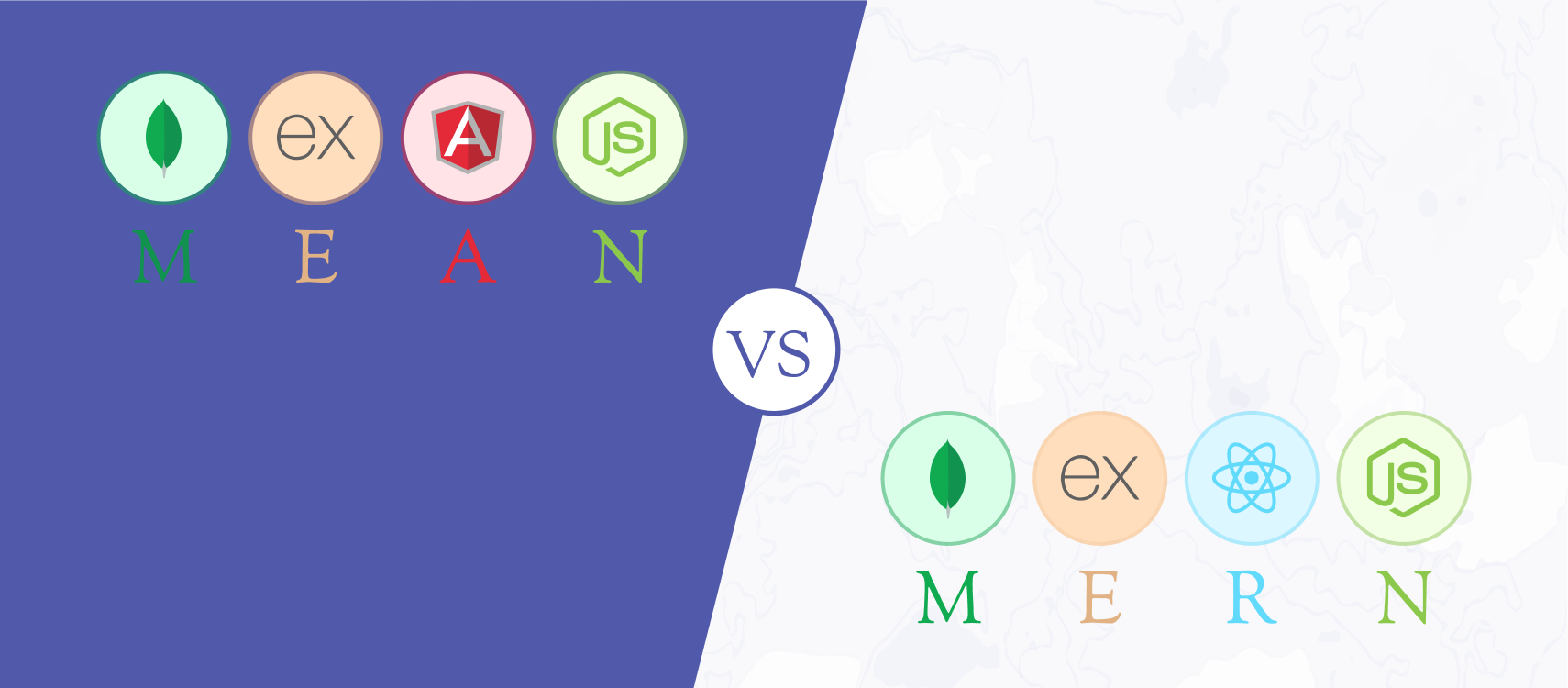Table of Contents
- 5G Connectivity
- Edge Computing
- AI and ML
- Blockchain
- Digital Twins
- Fog Computing
- Energy Harvesting
- Summarising
The Internet of Things (IoT) has transformed the way we interact with technology, enabling seamless connectivity between devices and the physical world. IoT applications have permeated various industries, from healthcare and manufacturing to transportation and agriculture, bringing unprecedented efficiency and convenience.
As the IoT ecosystem continues to evolve, new technologies are emerging, offering exciting possibilities for any IoT app development company. In this article, we will explore some of these cutting-edge technologies and their potential impact on the future of IoT app development.
5G Connectivity
One of the most significant advancements in IoT software development is the introduction of 5G technology. With its ultra-low latency, high bandwidth, and ability to connect a massive number of devices simultaneously, 5G is poised to revolutionize the IoT landscape. This technology ensures faster data transfer, enhances real-time communication, and enables IoT devices to operate with minimal delay.
With 5G, IoT devices can transmit and receive data at unprecedented speeds, facilitating quick decision-making and enabling complex applications that require near-instantaneous response times. The high bandwidth offered by 5G also allows for more data-intensive operations, such as video streaming and augmented reality (AR) applications. As a result, any leading IoT development company can leverage 5G connectivity to create immersive user experiences and innovative solutions that were previously impractical.
Edge Computing
Another emerging technology that is transforming IoT app development is edge computing. Traditionally, IoT devices send data to the cloud for processing and analysis. However, with edge computing, the processing and analysis tasks are moved closer to the source of data generation, reducing latency and enhancing efficiency. By performing computations at the edge of the network, closer to the IoT devices, edge computing minimizes the need for data transmission to the cloud, resulting in faster response times and reduced network congestion.
Edge computing is particularly beneficial for time-sensitive IoT applications where real-time decision-making is critical. For instance, in autonomous vehicles, processing sensor data and making split-second decisions directly at the vehicle’s edge can significantly enhance safety. In industrial IoT, edge computing can enable predictive maintenance by analyzing sensor data in real-time and triggering alerts for potential equipment failures.
Artificial Intelligence and Machine Learning
Artificial Intelligence (AI) and Machine Learning (ML) are revolutionizing the IoT landscape by enabling devices to analyze and interpret data, make intelligent decisions, and adapt to changing environments. AI and ML algorithms can process vast amounts of IoT-generated data, extract meaningful insights, and generate predictive models that enhance the functionality and efficiency of IoT applications.
For instance, in healthcare, AI-powered IoT applications can analyze patient data collected from wearables and sensors to detect patterns, predict disease progression, and enable early intervention. In agriculture, IoT devices equipped with AI algorithms can monitor crop conditions, analyze soil moisture levels, and recommend optimal irrigation schedules.
Blockchain
Blockchain technology, popularized by cryptocurrencies like Bitcoin, is now finding its place in IoT app development. Blockchain offers a decentralized and immutable ledger that ensures secure and transparent transactions among IoT devices. By leveraging blockchain, IoT applications can establish trust and enhance security, eliminating the need for centralised authorities.
Blockchain technology can be particularly useful in IoT applications that involve multiple stakeholders, such as supply chain management and smart grids. It enables secure and automated transactions, facilitates traceability and provenance, and reduces the risk of fraud or tampering.
Digital Twins
Digital Twin is an emerging concept that holds immense potential for IoT app development. A digital twin is a virtual replica or simulation of a physical object, process, or system. By integrating IoT sensors, data analytics, and visualization techniques, digital twins provide real-time insights into the performance, behavior, and condition of physical assets.
Digital twins enable IoT applications to monitor, analyze, and optimize various aspects of physical assets, leading to improved operational efficiency and cost savings. For example, in manufacturing, digital twins can simulate the performance of production lines, identify bottlenecks, and optimize resource allocation. In the energy sector, digital twins can monitor and predict the performance of wind turbines, allowing for proactive maintenance and maximizing energy generation.
IoT app developers can leverage digital twin technology to create applications that offer remote monitoring, predictive maintenance, and simulation capabilities. By connecting the virtual and physical worlds, digital twins enable better decision-making, enhanced productivity, and improved customer experiences.
Fog Computing
Fog computing, also known as edge cloud computing, is an emerging paradigm that complements the capabilities of edge computing. While edge computing focuses on processing data closer to the IoT devices, fog computing extends this concept by incorporating cloud-like services at the network edge. Fog computing enables distributed computing resources, including storage, networking, and data processing, to be deployed closer to the end-users and IoT devices.
Fog computing offers several advantages for IoT app development. It reduces latency by minimizing data transmission to the cloud, ensuring real-time responsiveness. It also provides scalable and elastic computing resources, allowing IoT applications to handle fluctuations in data volume and demand. Additionally, fog computing improves data privacy and security by keeping sensitive data within the local network and reducing exposure to external threats.
Energy Harvesting
Energy harvesting technologies are revolutionizing the power supply for IoT devices, enabling them to operate autonomously and wirelessly without relying on traditional power sources. Energy harvesting techniques capture and convert energy from the environment, such as light, heat, motion, or vibration, into electrical energy that can power IoT devices.
Energy harvesting has significant implications for IoT app development, particularly in scenarios where traditional power sources are impractical or inaccessible. For example, in remote environmental monitoring or agriculture applications, energy harvesting can power sensors and data collection devices in off-grid locations. This eliminates the need for frequent battery replacement or wired power connections, reducing maintenance costs and enabling long-term deployment.
Summarising
The rapidly evolving IoT landscape continues to witness the emergence of innovative technologies that enhance connectivity, intelligence, and efficiency. From digital twin technology to fog computing and energy harvesting, these advancements offer exciting opportunities for IoT app projects in the future.










